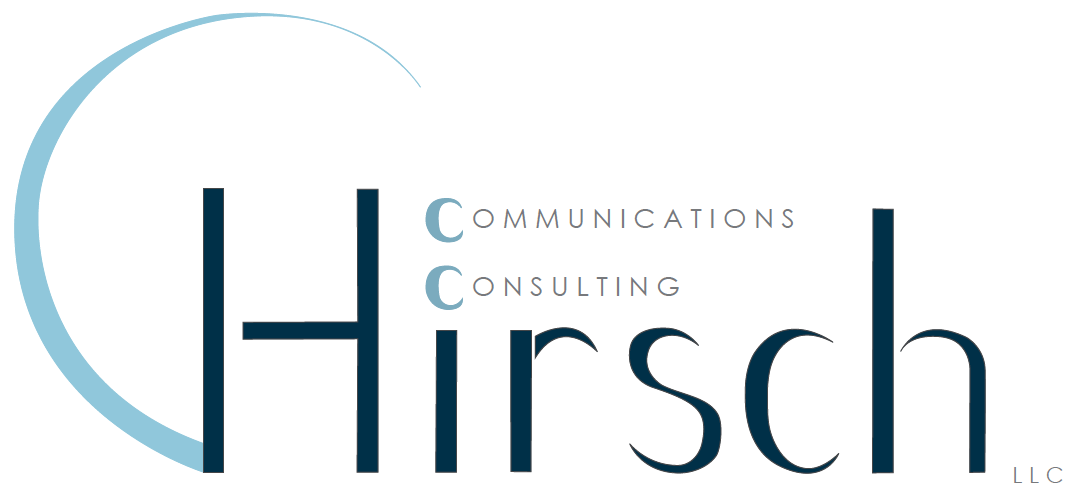NEW ORLEANS, LA and OAK BROOK, IL – Pan-American Life Insurance Group and Mutual Trust Financial Group, today jointly announced a definitive merger agreement to combine Pan-American Life Mutual Holding Company (Pan-American Life) and Mutual Trust Holding Company (Mutual Trust), both mutual insurance holding companies. The merger will strengthen the combined company’s position as a premier life, accident and health insurance provider in the Americas. Upon closing, the combined company will continue to operate as a mutual insurance holding company with approximately $1 billion in revenues, $5.5 billion in total assets, 1.5 million covered lives, and 1,650 employees. The combined company also will have about $1 billion in total capital, enhancing its financial strength.
The company says that the addition of Mutual Trust’s business complements and further solidifies Pan-American Life’s presence across its three high-growth businesses: International Group, International Life, and Domestic Group. MTL Insurance Company’s (MTL) meaningful presence in the U.S. life market and expertise in the mass affluent market is expected to provide a new source of U.S.-focused growth, along with a leading technology platform to drive operational efficiencies in the combined domestic life business.
“This merger brings together each company’s 100-plus year history and culture to create a company with enhanced growth opportunities, diversification and financial strength,” said José S. Suquet, chairman of the board, president and chief executive officer of Pan-American Life Insurance Group. “Our shared vision, complementary geographic footprints and the opportunity to provide increased penetration of the U.S. Hispanic market for both companies’ core products make this merger attractive for both organizations and our distribution partners.”
“The merger of Pan-American Life and Mutual Trust combines two leading organizations with significant financial strength, complementary businesses, and strong operations in their respective markets,” said Stephen Batza, chairman, president and chief executive officer of Mutual Trust Financial Group. “Together, we will have accelerated growth prospects, superior financial flexibility, and an enhanced ability to serve the needs of our policyholders and distribution partners.”
Pan-American Life's proven financial strength, strong record of profitable growth and focus on Latin America and the Caribbean, combined with Mutual Trust’s unique product expertise and established market position creates an attractive insurance platform well-positioned to continue to meet the needs of policyholders. As a result of the merger, the combined company will achieve greater balance between its international and domestic businesses. Given the complementary nature of the business, Pan-American Life and Mutual Trust expect a seamless and quick integration.
“We believe this merger allows us to continue growing profitably by establishing a dedicated U.S. individual life business with the enhanced ability to bring value to our customers, distributors, employees and the communities we serve. We will work closely with Mutual Trust to ensure the smoothest possible transition for employees and uninterrupted service for customers. This merger is strategically compelling for both companies and we expect it to result in enhanced growth prospects and new opportunities for employees and distributors,” said Mr. Suquet.
Upon completion of the merger, MTL will operate as a wholly owned subsidiary of Pan-American Life and complement Pan-American Life’s existing U.S. life business by combining it with MTL’s well-established U.S. platform for individual life insurance into one Domestic Life business unit. The merger will have no impact to current MTL policyholder terms, and the existing process by which policyholder dividends are determined will remain in place as part of the dividend protection plan included in the merger agreement.
As part of Pan-American Life, MTL will continue to execute its current strategy and operate under the MTL brand name. In addition, there are not expected to be any significant changes to MTL’s current distribution channels or management team. Stephen Batza will lead Pan-American Life’s re-launched Domestic Life business from MTL’s current headquarters in Oak Brook, Illinois. Both companies will look to share best practices and collaborate on product development and technology. The combined organization will have its global headquarters in New Orleans, Louisiana, and will be led by José S. Suquet.
The merger has been approved by the boards of directors of both Mutual Trust and Pan-American Life, and is expected to close in the second half of 2015, subject to policyholder and regulatory approvals and customary closing conditions. Upon closing, Pan-American Life’s current nine-person board will be expanded to 12 members, including Stephen Batza and two additional current board members of Mutual Trust.

